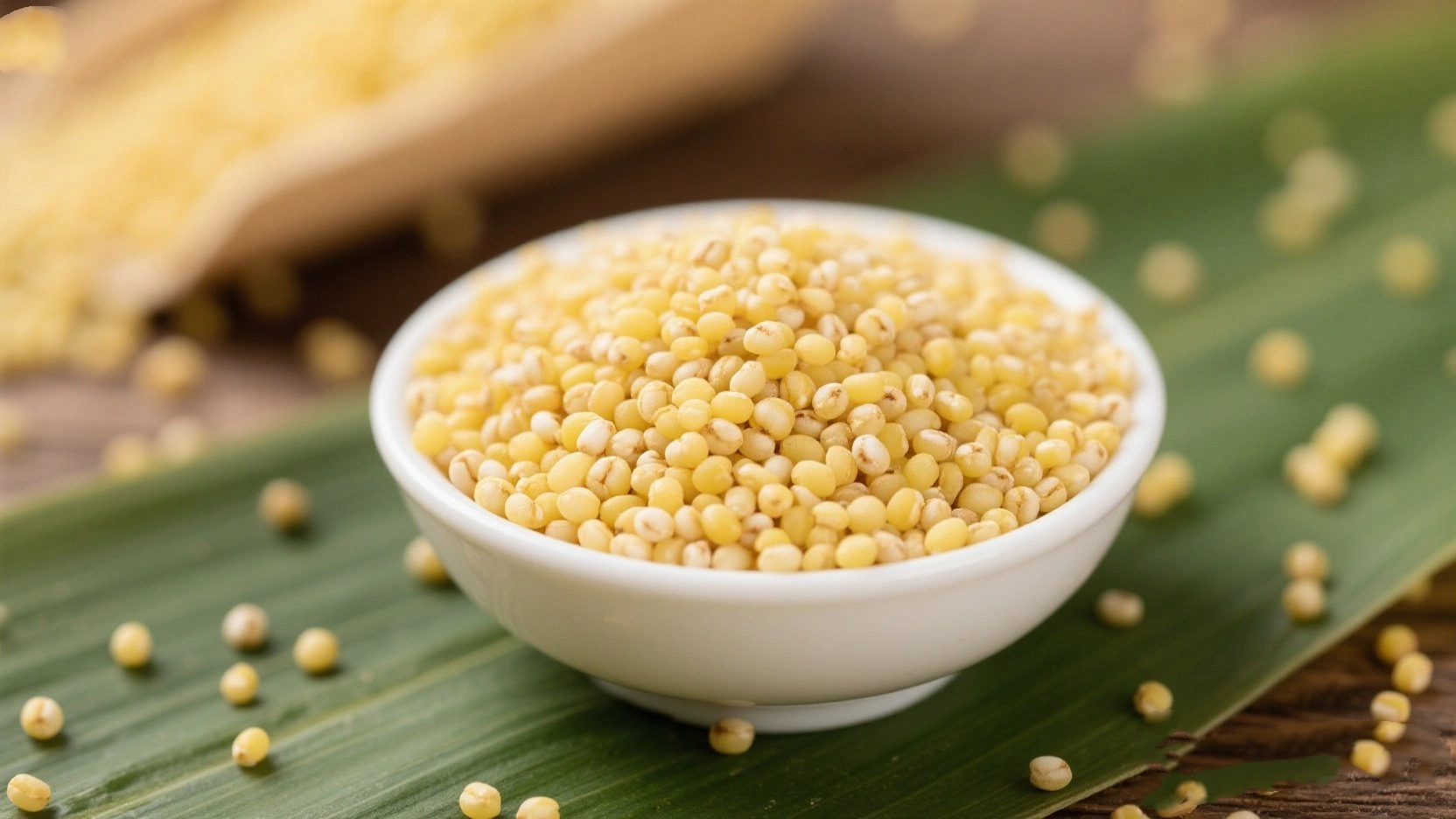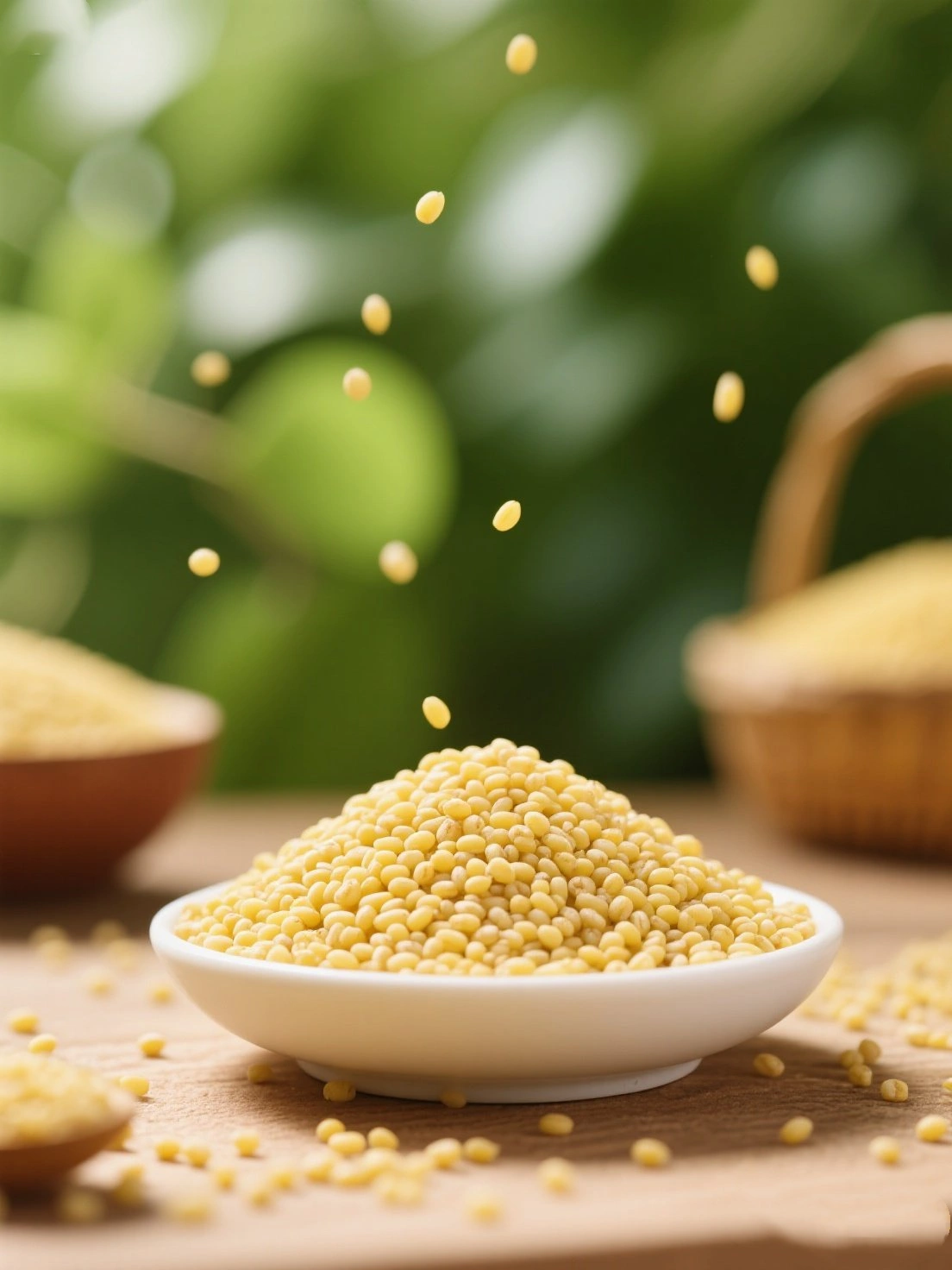Millet (Panicum miliaceum), known as "yellow rice" or "xiaomi", has been cultivated in China for over 7,000 years. It is one of the oldest domesticated grains and played a vital role in ancient Chinese agriculture and daily life.
In traditional Chinese culture, millet symbolizes prosperity and harvest. It was once the staple food of northern China before the rise of rice and wheat. Ancient farming communities relied heavily on millet due to its drought resistance and adaptability.
Major production areas include Shanxi, Hebei, Inner Mongolia, and Shaanxi provinces. These regions provide ideal climate conditions for high-yield millet crops.





